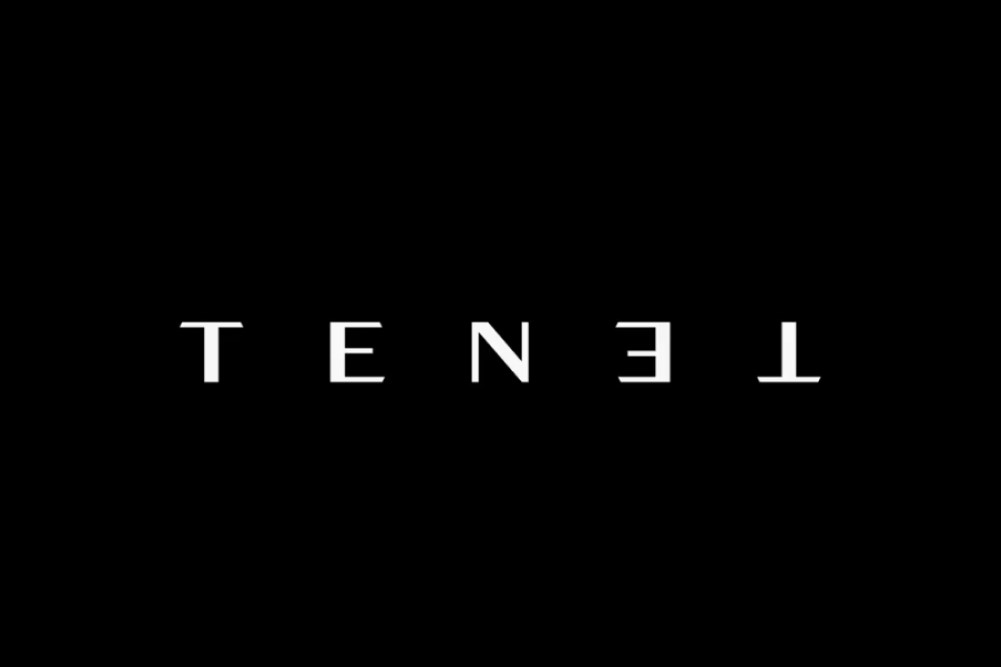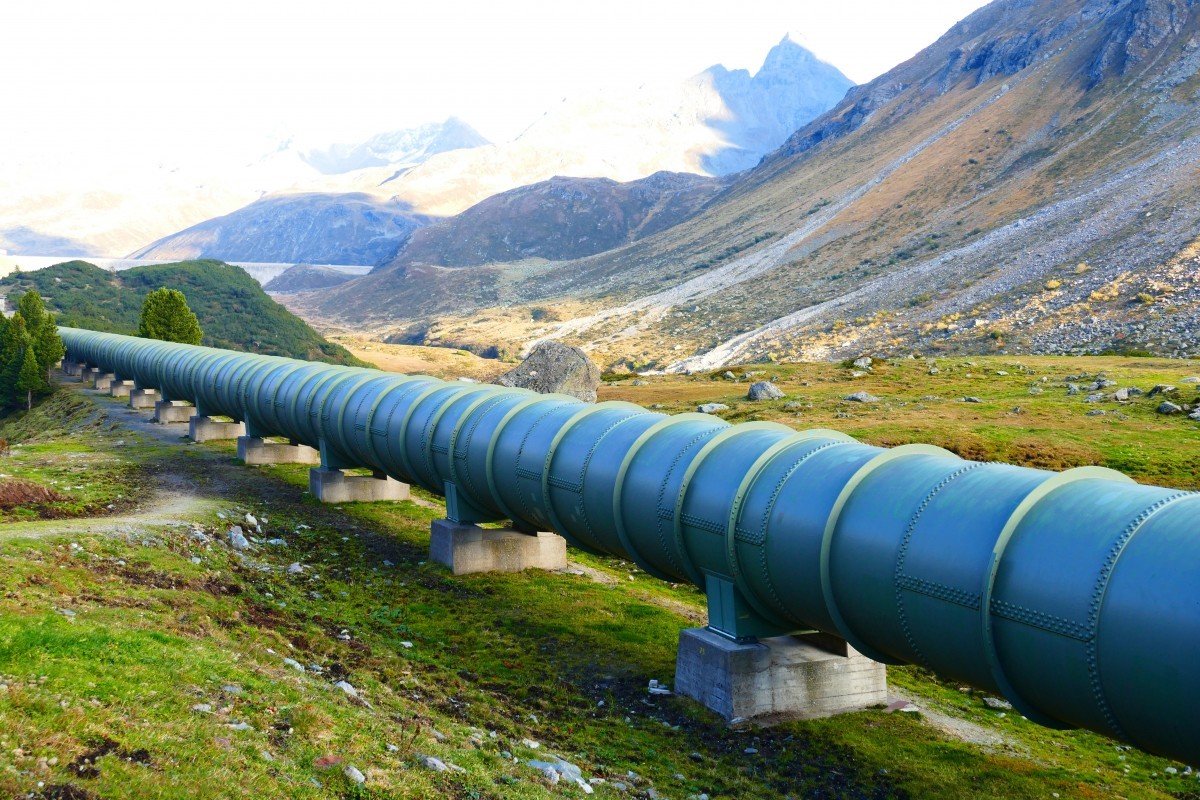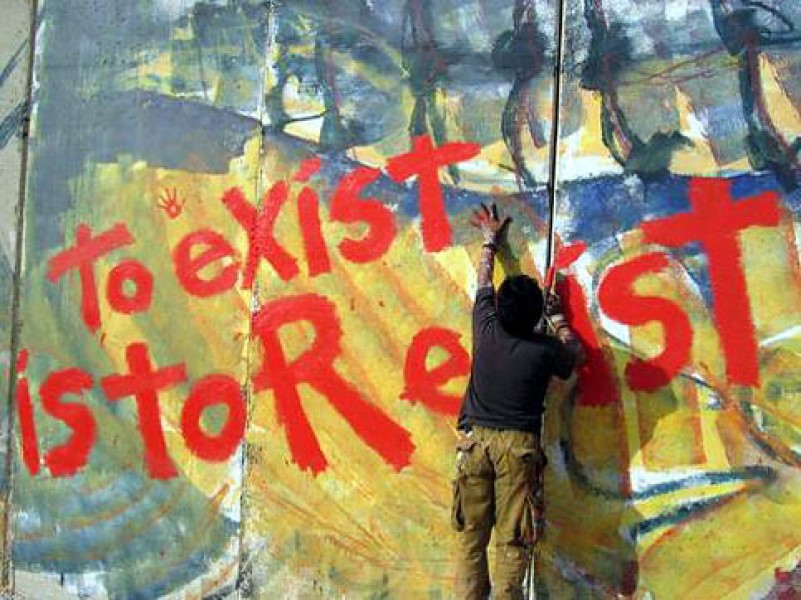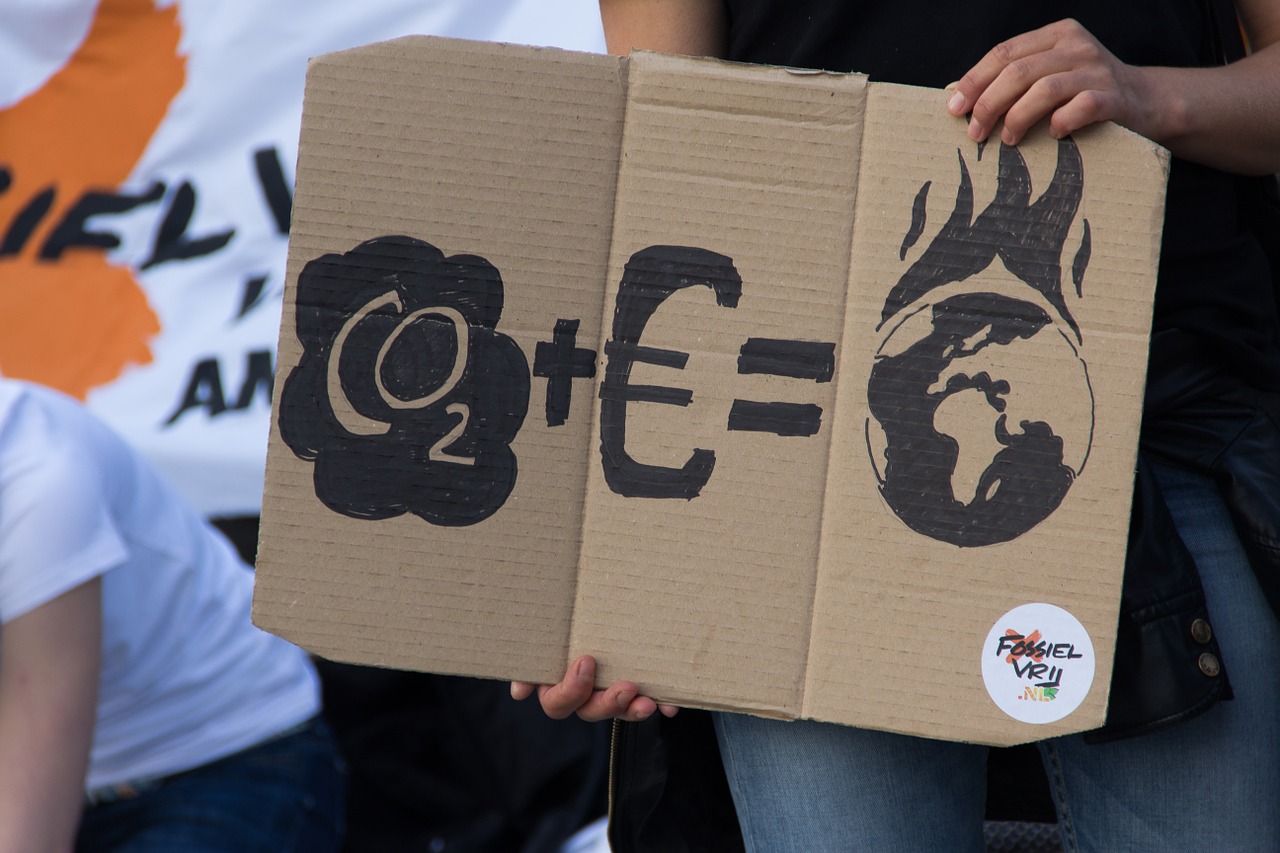The 27th Conference of the Parties of the United Nations Framework Convention on Climate Change (known more simply as COP27) is currently underway. These conferences are an opportunity for countries to agree upon policies that will limit global temperature rise. They also provide a forum for discussing ways in which current climate harms can be addressed. This year, climate justice is at the forefront of discussions – with the COP27 Presidency launching the Sharm el-Sheikh Adaptation Agenda. This agenda would attempt to provide assistance for the four billion people living in the most climate vulnerable communities.
But what, exactly, is “climate justice”?
Usually when we think of justice, we think of judges and courtrooms. And while justice might include things like crime and punishment, it extends much further than that. In the context of ethics, “justice” might best be understood as fairness – or as people getting what they deserve.
It is just, for example, for one of my students to receive a good grade for the brilliant essay that they write. It would be unjust, on the other hand, for me to give them a low grade merely because I don’t like their choice of font.
How, then, does justice apply to the climate crisis?
Despite our attempts to limit greenhouse gas emissions, the world is already getting warmer – and this rise in temperature is leading to an increase in the frequency and severity of extreme weather events. It’s behind the heatwave in the U.K., the fires in Washington, and the floods that have left more than one third of Pakistan under water. These climate harms are disproportionately experienced by certain countries. What’s more, those most affected by the negative effects of climate change are some of those least responsible for the crisis. Pakistan, for example, emits less than 1% of the world’s greenhouse gas emissions.
The Adaptation Agenda being discussed at COP27 would establish a “loss and damage” fund to assist countries that suffer climate-related severe weather events.
The important question, however, is who should pay for such a fund. One approach would be to have all countries contribute equally to such a fund. Alternatively, we might look to the idea of justice to establish which parties should contribute – and to what extent.
Generally, three different approaches to justice crop up in these discussions: (1) The Polluter Pays Principle, (2) The Beneficiary Pays Principle, and (3) The Ability to Pay Principle. The differences between these principles are subtle, and can perhaps best be understood by way of an analogy.
Suppose that we’re heading into a severe winter, and that I diligently accumulate a generous woodpile to keep my fireplace lit – and my home warm – for the duration of the chilly season. Suppose, however, that one of my neighbors – Neighbor A – sneaks into my yard one night and steals my entire woodpile. Neighbor A isn’t greedy, however. They already have enough wood for the winter. Instead, Neighbor A delivers the wood to Neighbor B – a neighbor who did not yet have any firewood. I, however, am now entirely without firewood. To make matters more dire, let’s assume that I don’t have the ability to collect or pay for more firewood. Who, then, should be responsible for helping me? Who should restock my woodpile?
While there might be certain exceptions, we generally hold people responsible for the problems they create. If I spill a bottle of milk, I should clean it up. If I break my friend’s phone, I should replace it.
We might refer to this as the duty to clean up your own mess. In the firewood example, this would put the responsibility squarely on the shoulders of Neighbor A. This is the neighbor who stole my firewood in the first place, so this is the person who now has an obligation to restock my woodpile.
In the context of environmental ethics, this approach is referred to as the Polluter Pays Principle. Put simply, it holds that the polluter (or polluters) are responsible for any harms resulting from their actions – and that the cost of remedying these harms should be shared proportionately among those polluters. It’s easy, then, to see what the Polluter Pays Principle would say regarding the loss and damage fund: those who have created the most greenhouse gas emissions should be contributing the most to the fund.
But instead of focusing exclusively on who has caused harm, we might also look at who has benefited from that harm.
Returning to the firewood example, Neighbor A hasn’t really got anything out of the theft of my firewood. Neighbor B, on the other hand, has. They are now in possession of an entire winter’s worth of free firewood. Given this, we might argue that they – the beneficiary of the theft – are the ones that are best placed to replace my firewood. This approach is what’s known as the Beneficiary Pays Principle.
This approach is particularly useful when it comes to the climate crisis, since those who are benefiting from greenhouse gas emissions aren’t always the ones creating those emissions. Take Australia, for example. Australia is the second largest exporter of thermal coal in the world. When this coal is burned, Australia technically isn’t the one doing the polluting. They are, however, benefiting enormously from selling fuel for others to pollute. In fact, if the emissions from their exported coal were taken into account, Australia’s annual per capita carbon emissions (which are already the eleventh highest in the world) would more than double.
There is one final approach that we might consider, however. Suppose that, throughout my firewood theft saga, there is a third neighbor: Neighbor C. This neighbor plays no part whatsoever in the theft of my firewood. They do, however, have an enormous cache of firewood; enough to keep their home – and many other homes – warm throughout the winter. Given this overabundance, we might argue that they have some obligation to step in and come to the rescue. This is precisely what the Ability to Pay Principle suggests: that those with the means to help are under a moral obligation to do so.
When it comes to something like a loss and damage fund, then, the Ability to Pay Principle would recommend that we don’t waste time trying to figure out who polluted or benefited. Instead, it is the wealthiest countries that should be providing the lion’s share of the assistance.
The Polluter Pays, Beneficiary Pays, and Ability to Pay Principles, then, all take very different approaches to justice. As a result, they will often identify entirely different parties as being responsible for solving a problem – just as they did in the firewood example. This can stall discussions of justice, as parties quibble over which approach should be taken – usually favoring the approach that doesn’t put the responsibility on them. When it comes to climate justice, however, this should be less of a concern. This is because there is an enormous amount of overlap across these three approaches. Put simply: those who have created the most greenhouse gas emissions (like the U.S.) also tend to be those who have most benefited most from those same emissions. And they also tend to be among the most affluent countries. For these nations, then, it will not matter which approach to justice we ultimately decide to take – they will have a moral obligation to help those ravaged by climate-related disasters all the same.








